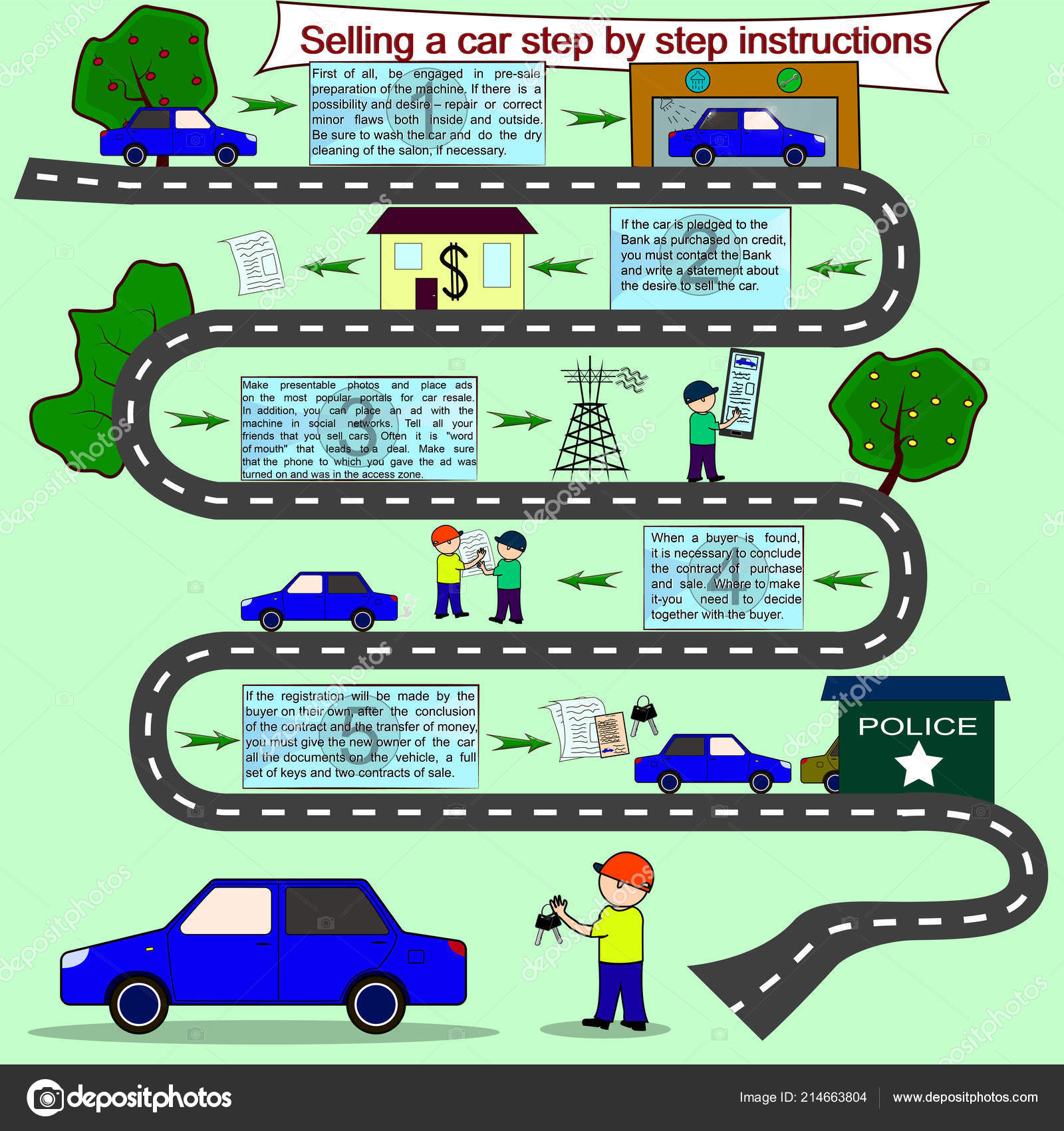Decoding The Relevance Of Your Car'S Warning Indicators
Decoding The Relevance Of Your Car'S Warning Indicators
Blog Article
Written By- visit this hyperlink
When you're behind the wheel, those beautiful warning lights on your control panel can be a bit perplexing. Do you know what they're trying to tell you about your automobile's health? Comprehending the significance of these lights is essential for your safety and the long life of your lorry. So, the next time among those lights turns up, wouldn't you want to understand its message properly and take the necessary actions to address it?
Common Warning Lights and Interpretations
Identify typical warning lights in your car and recognize their meanings to ensure safe driving.
The most typical caution lights include the check engine light, which indicates concerns with the engine or exhausts system. If this light begins, it's essential to have your vehicle checked quickly.
The oil pressure cautioning light suggests reduced oil stress, calling for prompt interest to prevent engine damages.
A blinking battery light may suggest a defective charging system, possibly leaving you stranded if not resolved.
The tire stress tracking system (TPMS) light signals you to low tire stress, impacting lorry security and gas effectiveness. Ignoring this might bring about unsafe driving problems.
The abdominal light shows a problem with the anti-lock stopping system, jeopardizing your capacity to quit quickly in emergency situations.
Lastly, the coolant temperature level cautioning light warns of engine getting too hot, which can cause extreme damages if not fixed promptly.
Recognizing these usual caution lights will help you address issues quickly and maintain safe driving problems.
Value of Prompt Attention
Recognizing the common caution lights in your auto is only the initial step; the significance of promptly addressing these warnings can not be highlighted sufficient to ensure your safety on the road.
When https://remapecumotor87394.win-blog.com/7504025/safety-nets-for-the-top-5-usual-auto-fixings-you-need-to-know illuminates on your control panel, it's your automobile's means of communicating a potential issue that requires focus. Neglecting these warnings can result in extra severe troubles in the future, endangering your safety and security and possibly costing you a lot more out of commission.
Prompt focus to alerting lights can protect against break downs and accidents. For example, a blinking check engine light could show a misfire that, if left unattended, might cause damages to the catalytic converter. Resolving this quickly can save you from an expensive fixing.
Similarly, a brake system alerting light may signal reduced brake liquid or used brake pads, critical components for your safety when driving.
DIY Troubleshooting Tips
If you observe a caution light on your control panel, there are a few do it yourself repairing ideas you can try before looking for expert help.
The primary step is to consult your vehicle's handbook to comprehend what the particular warning light shows. In some cases the concern can be as simple as a loosened gas cap activating the check engine light. Tightening click the up coming article may settle the trouble.
An additional usual problem is a low battery, which can trigger various alerting lights. Checking the battery connections for rust and ensuring they're safe and secure may repair the trouble.
If a caution light persists, you can attempt resetting it by detaching the car's battery for a couple of mins and afterwards reconnecting it. Additionally, checking your vehicle's liquid degrees, such as oil, coolant, and brake fluid, can aid troubleshoot advising lights connected to these systems.
Conclusion
To conclude, recognizing your cars and truck's caution lights is crucial for keeping your automobile running smoothly and safely. By immediately attending to these alerts and recognizing what they suggest, you can prevent expensive repairs and possible break downs.
Remember to consult your automobile's handbook for specific details on each cautioning light and do something about it appropriately to guarantee a hassle-free driving experience.
Remain notified, stay risk-free on the road!
